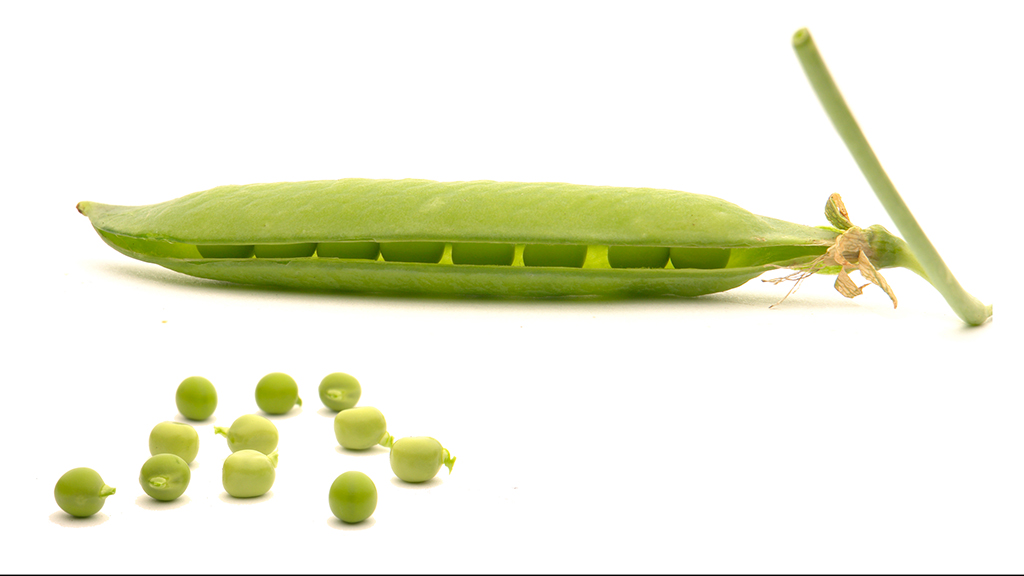Abstract
This case study follows purveyors of peas, Joel E. and Jolene Greengiant, as they learn about the origin, biochemistry, genetics and eventual artificial selection of sweet (wrinkled) peas, all in the context of evolutionary biology. This integrative approach employs both problem-based learning techniques and directed questions as students engage in a series of modules. These modules include a natural history of domestic peas, cell biology of round and wrinkled peas, the Mendelian and molecular genetics of wrinkled peas and the population genetics of round and wrinkled peas. These can be used in any order as dictated by instructional needs. The case study is appropriate for an introductory biology course, an AP or Honor's high school biology course or an upper level course in evolution. Each module would have instructional value in related upper division courses. A key feature of the case study is weaving evolutionary thinking into the biology curriculum. The research phase of problem-based learning is supported by a series of slides and simulations that can be downloaded, edited and used according to instructors' needs.



